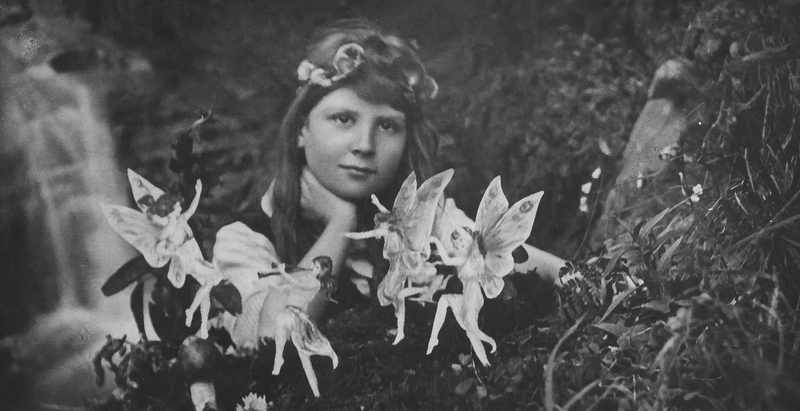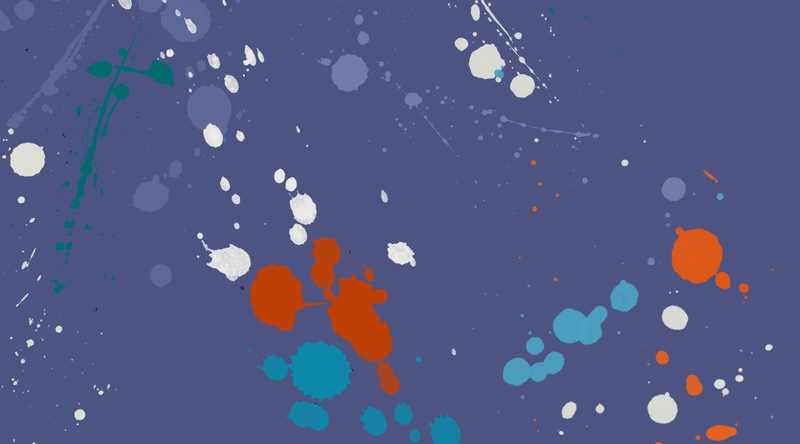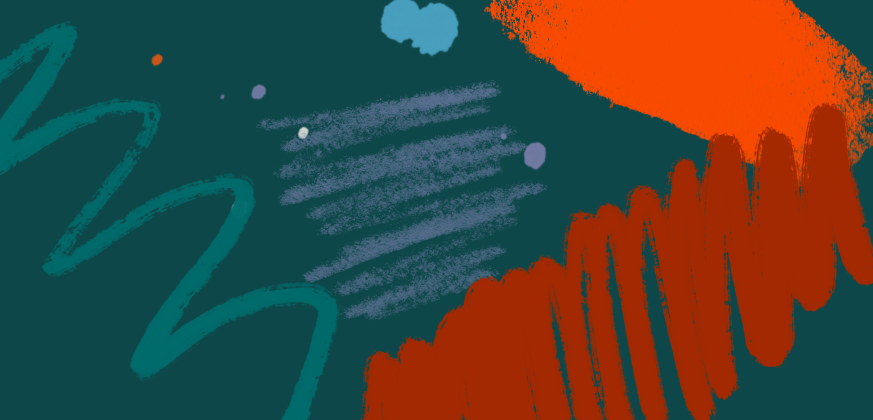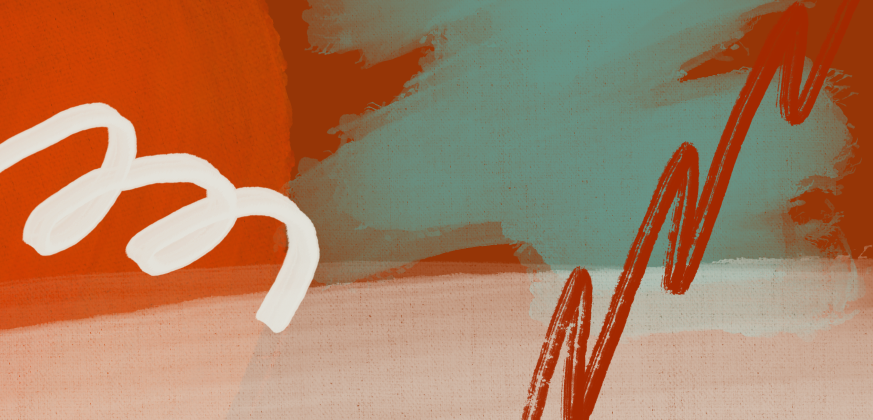I was on vacation this week so today, you’re getting a first draft. Eight disconnected ideas and no conclusion. Probably won’t make it to the website.
In the 1920s, Sir Arthur Conan Doyle (the creator of Sherlock Holmes) wrote a series of essays defending the existence of fairies. They were surprisingly pragmatic and reasonable. While he was clearly excited about this discovery (he likened the significance to Columbus discovering the Americas), you can sense a tone of restraint. He’s determined to follow the evidence.
The foundation of the evidence was this photograph.

When I was in Ghana last month, a friend of mine described how his aunts and uncles (collectively known as “the elders”) continue to add him to WhatsApp threads where they share viral content about daily life. The videos and text they share are all AI-generated.
He said, “I don’t think they know this isn’t real.”
When we introduce a new technology, we will gain something, and we will lose something. Whether this is good or bad comes down to the tradeoffs we make in the process. This is the guiding theme of the book: The Life We’re Looking For by Andy Crouch.
- The printing press led to a decline in oral storytelling.
- GPS navigation eliminated the need for London cab drivers to memorize the city’s streets.
- Email has almost ended the written letter.
Technological progress is amoral, but the tradeoffs we make in its pursuit are deeply moral.
Doyle was duped in the 1920s, but this wasn’t the end of photography. It remained a powerful medium that dramatically influenced society. Photographs of Emmett Till altered the civil rights movement, and the image of the “Napalm Girl” changed the trajectory of the Vietnam War.
The response could have been, “Because photography can be faked, it can’t be trusted.” But that was not how we responded. Instead, our culture adapted.
Because photography can be faked, we must be discerning.
We must decide who to trust.
Change moves at the speed of trust. – Stephen Covey
Progress for nonprofit leaders always flows through trust.
As we decide when and how to adopt new technology, the primary lens we should consider is: will this build or erode trust?
AI can write our emails for us, but will this make us more worthy of trust?
It’s easy to dismiss Doyle as silly for believing photographs of fairies, but it makes me respect him more. I admire his willingness to risk looking like a fool to believe unbelievable things. He clearly demonstrated some motivated reasoning in his essays, but of all the conspiracy theories a man could entertain, fairies are a lovely choice.
He is the seminal anti-cynic.
Cynicism grows out of an absence of trust.
We can’t let the fear of being duped prevent us from living with open minds.
AI will take something from us. It will give us something, too. The world is going to dramatically change. But this is very precedented. In the midst of change, people always look to those they can trust.
How people care for (or fail to care for) the trust of others is the story of humankind.
The most innovative thing you can do in times of change is:
Be trustworthy. Be worthy of someone else’s trust.
My seven-year-old came up to me while I was writing this and saw the picture of the girl and the fairies.
He asked, “Is that real?”
I’ll stop here.
Until next week,
Ted





